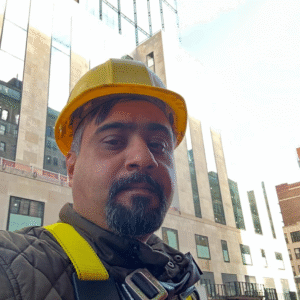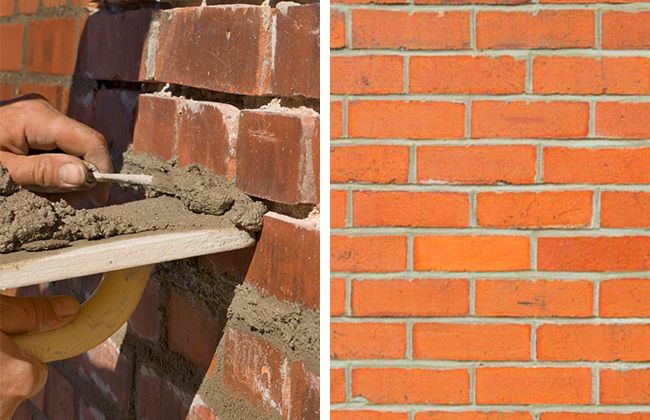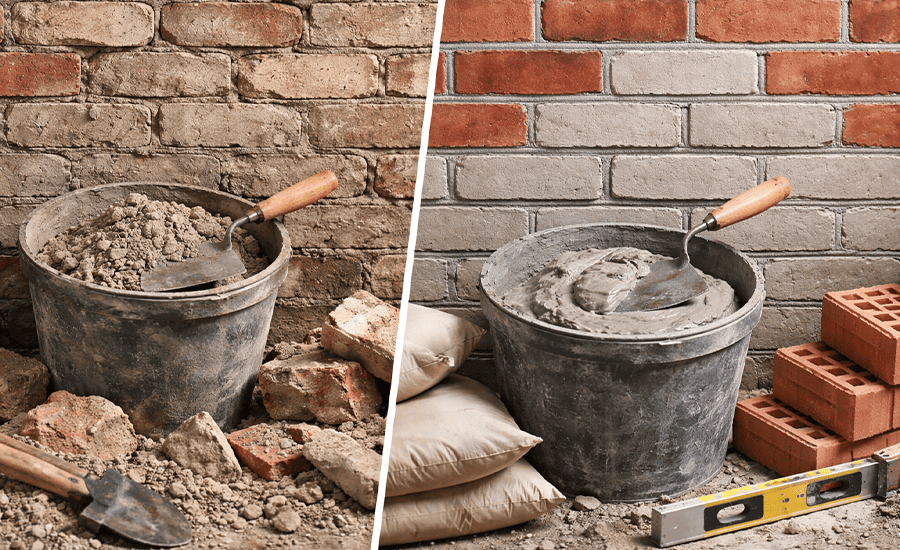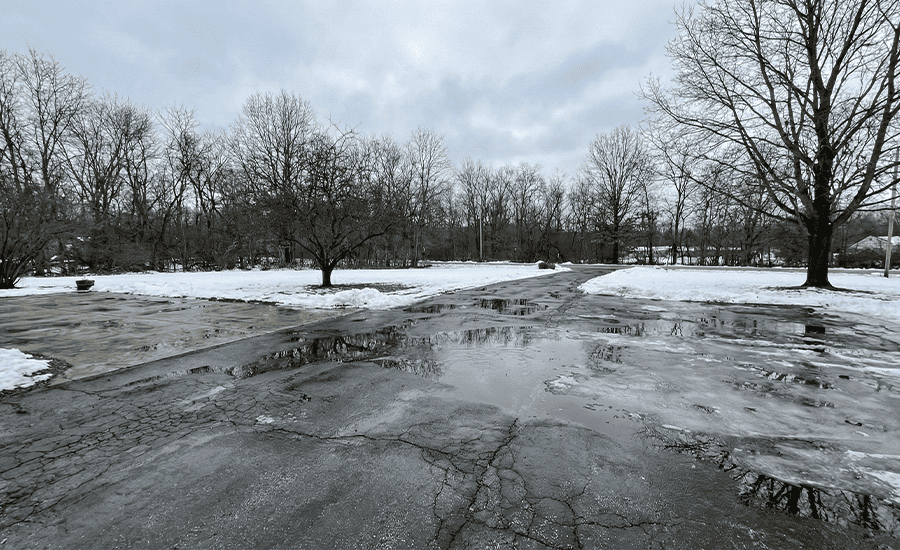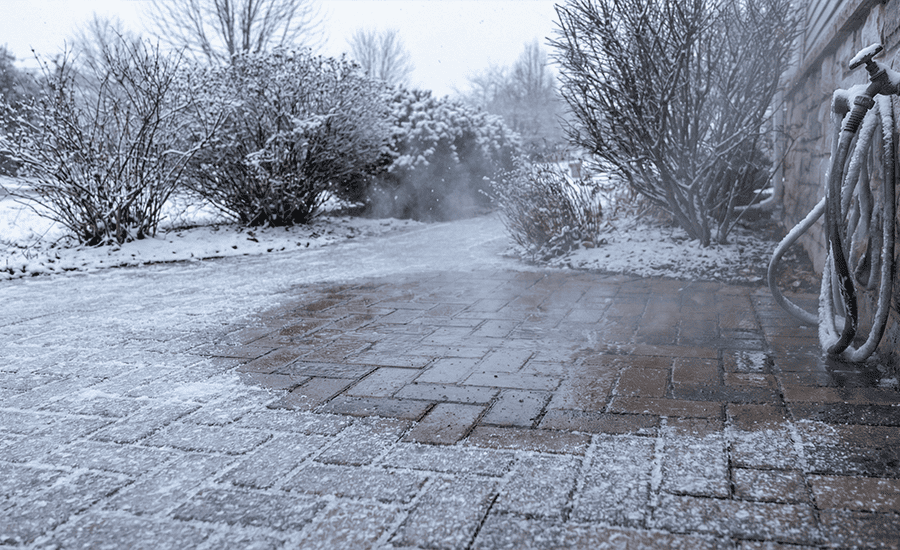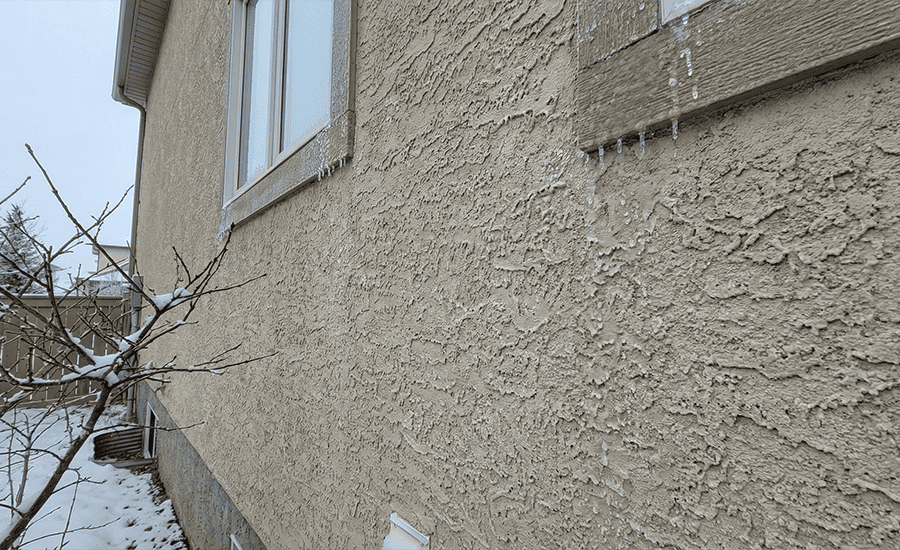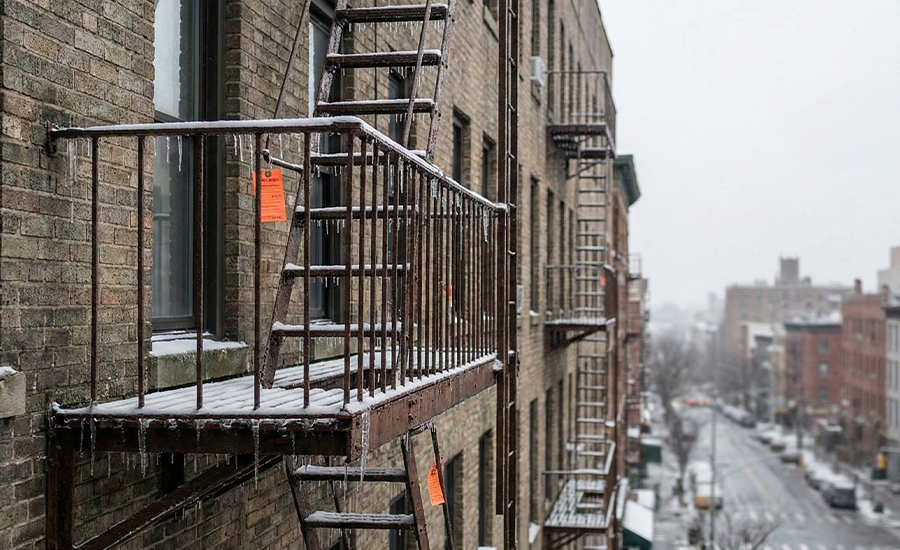Brick buildings are the most popular and aesthetically appealing structures in New York City for the past 19th century. Over time, these brick buildings deteriorate due to harsh weather conditions and other factors. To maintain the longevity and aesthetic appeal of these buildings balance and strengthening of the integrity of these buildings are very crucial.
But the question is what is the main reason behind the aging of these buildings? The simple answer is mortar joints. Mortar joints between bricks deteriorate with time passing and hence it causes damaged brickwork and aging of brick buildings.
Here in this blog post, we gather information regarding the two most common techniques of brick repairs tuckpointing vs repointing, that will help you to overcome this serious issue if you own a property with brickwork. Both methods help to serve the purpose of regaining the structural stability of the brick buildings. By the end of this article, you will aware of tuckpointing vs repointing, their purpose, and the major key differences between the two commonly used masonry methods.
What is Tuckpointing?
Tuckpointing is the most common and oldest technique in masonry which is used to enhance the appearance of brickwork. In this method, a professional fill out the gaps or spaces between bricks with the help of mortar and after that uses contrasting color material to make uniform-sized joints.
The process of tuck-pointing starts by removing any loose or damaged mortar from the walls. In this technique, the key benefit is it cannot damage the surrounding bricks while removing the deteriorated bricks from the wall.
Then, professional workers utilize a trowel alongside particular tools called “pointers” and “tuck pointers” to apply a very thin layer of contrasting color on top of the new mortar. This makes a deception that there are two equal lines when seen from a far distance.
While tuckpointing may appear as a basic undertaking, it requires expertise and accuracy. With appropriate execution, nonetheless, it can fundamentally upgrade any structure’s aesthetic worth without supplanting every one of its blocks – making it a reasonable way for home improvement devotees to search for ways to boost curb appeal!

What is Repointing?
The repairing of mortar joints between bricks and stones is referred to as repointing or brick repointing in the field of masonry. The strength of a brick is Mortar, which holds the bricks together, it can deteriorate with time due to weather conditions such as heavy rain, snow falling, etc. It causes serious gaps and cracks in the brick wall. Chisels and Grinders are commonly used in the repointing process to remove damaged and old mortar between joints.
When the old mortar has been taken out, new mortar is applied into the holes utilizing a trowel. The shade of this new mortar ought to match that of the current one to guarantee consistency. Repointing should be possible on any type of brick or masonry structure including chimneys, walls, patios, walkways, and so on.
It’s vital to take note that repointing isn’t only for stylish purposes yet additionally gives primary dependability and stability to your structure by guaranteeing that dampness doesn’t enter through holes in your brickwork. What’s more, it helps to prevent further damage by keeping out water and preventing erosion which will eventually build its longevity.
Key Differences Between Tuckpointing vs Repointing
a. Visual Aspect
When it comes to brick repairs, the visual aspect is an important factor to consider. Both tuckpointing and repointing aim to improve the appearance of brickwork, but they do so in different ways.
- Tuckpointing is often used for aesthetic purposes, such as enhancing the curb appeal of a building or restoring its original design elements.
- Repointing, on the other hand, focuses more on functionality than aesthetics. Repointing ensures that the brickwork remains structurally sound while also improving its overall appearance.
- It’s important to work with a qualified professional who can help you make an informed decision based on factors like budget, timeline, and architectural style.
b. Technique and Tools
When it comes to the technique and tools used in tuckpointing and repointing, there are some key differences between the two processes.
Tuckpointing involves adding a thin layer of mortar over existing brickwork to create the illusion of fine joints. This is accomplished by using a combination of different colored mortars and specialized trowels to achieve precise lines that mimic the appearance of traditional cut or rubbed joints.
Repointing, on the other hand, involves removing damaged or deteriorated mortar from between bricks and replacing it with fresh mortar. This process requires various specific apparatuses including chisels, grinders, and drills to eliminate old mortar without harming surrounding blocks.
Choosing which method is appropriate for your project will rely to a great extent upon elements, for example, budget constraints, time frame for completion, and desired aesthetic outcome.
c. Purpose and Application
When it comes to the purpose and application of tuckpointing and repointing, there are some notable differences. Tuckpointing is primarily used for decorative purposes, while repointing serves a more functional role in brickwork maintenance.
The decision between tuckpointing vs repointing ultimately depends on whether you’re looking for a cosmetic improvement or addressing functional issues such as water damage or deterioration. It’s important to hire or consult with a professional before taking any decisions regarding which technique is best set for your specific needs.
Factors to Consider When Choosing B/W Tuckpointing vs Repointing
When it comes to choosing between repointing vs tuckpointing, several factors need to be considered. These include the condition of the brickwork, budget and time constraints, as well as architectural style and historical preservation.
Conclusion
So finally we are at our conclusion part. In a short summary, the war between tuckpointing vs repointing goes hand in hand. Tuckpointing is ideal for creative purposes or if you want to add decorative appeal to your property. On the other hand, repointing is used when the joints of bricks deteriorated a lot.
The last final tip is to hire a reputable professional or a brick pointing company who understands the difference between tuckpointing and repointing methods and has experience with both techniques.


